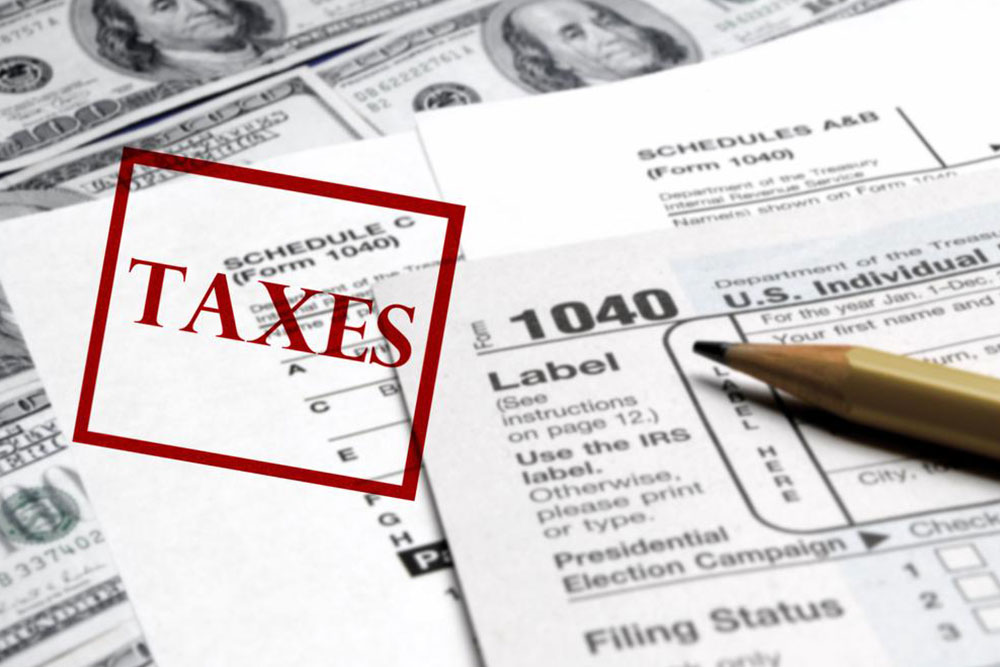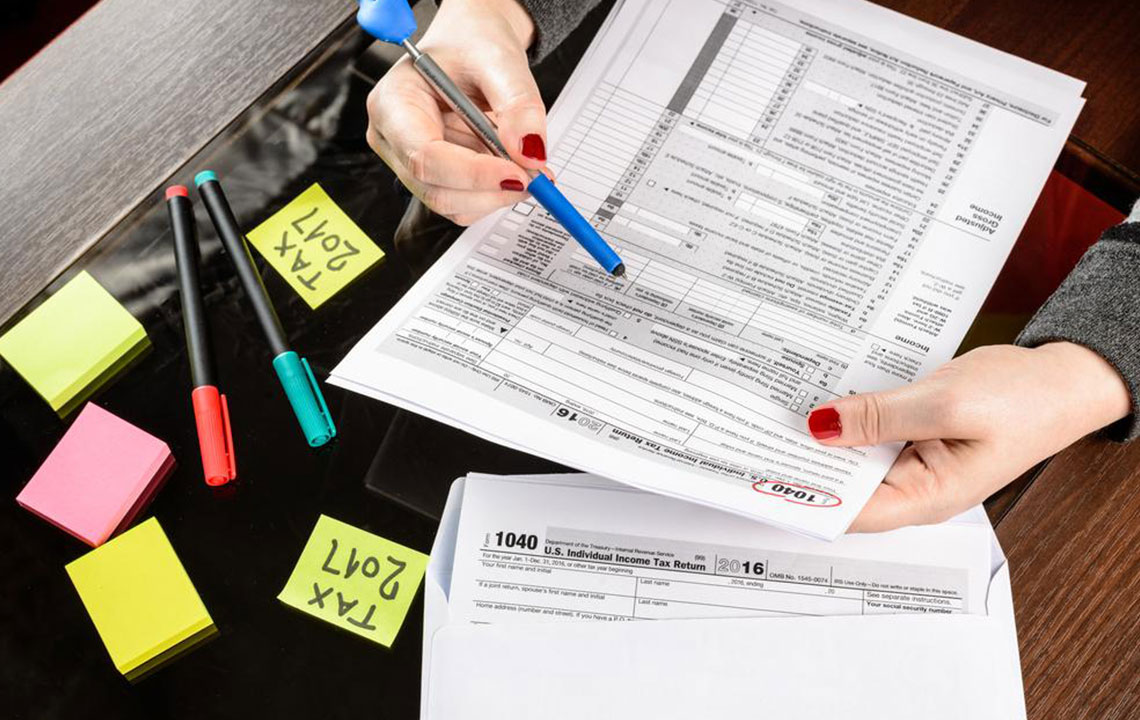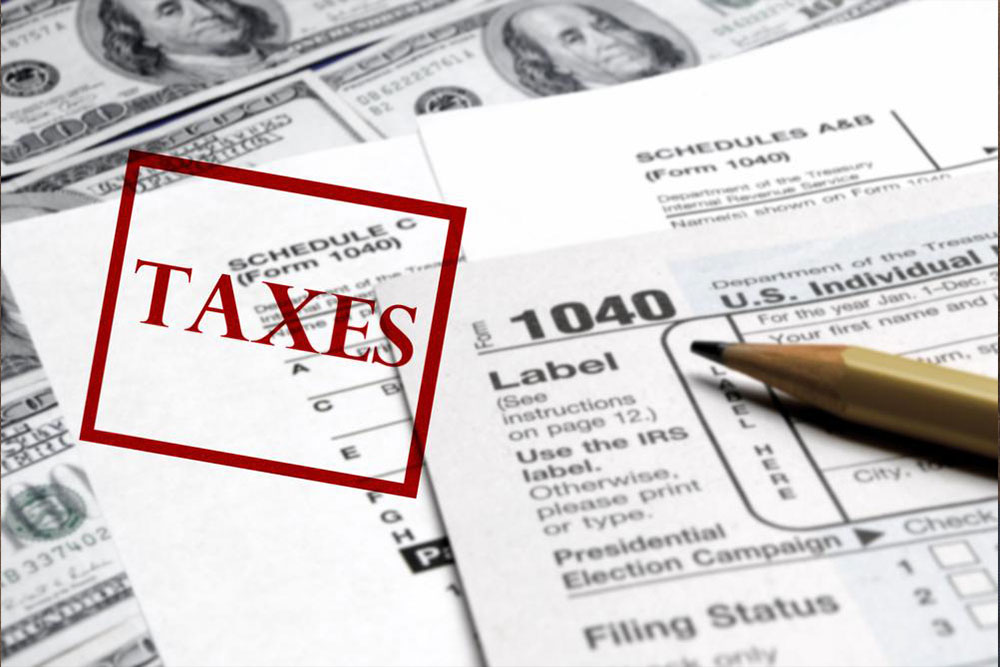Comprehensive Guide to the 2017 IRS Tax Refund Schedule and Timeline
This comprehensive guide details the 2017 IRS tax refund schedule, including key dates, processing times, and tips to ensure a smooth refund process. Learn how filing methods and credits influence your refund timeline and how to track your refund efficiently for better financial planning.

In-Depth Overview of the 2017 IRS Tax Refund Process and Key Dates
Tax season often brings a flurry of questions among taxpayers, particularly regarding when they can expect their refunds and how the process works. While accurately estimating your tax liability can be complicated due to various deductions, credits, and individual circumstances, understanding the typical timeline for receiving your tax refund provides peace of mind and helps in financial planning. This guide offers a detailed look into the 2017 IRS tax refund schedule, including important dates, processing times, and factors affecting refund speed.
Important Dates and Deadlines for 2017 Tax Filings:
The official deadline for filing 2017 federal tax returns was April 17, 2018. This date was extended due to the observance of Emancipation Day in Washington D.C. Notably, taxpayers who requested extensions had until October 15, 2018, to submit their returns. Filing on time is crucial to avoid penalties and interest, but even if you file late, your refund process can be affected.
Since the IRS started accepting 2017 returns from January 23, 2018, most taxpayers who filed early, especially electronically, began receiving their refunds within a few weeks. The typical processing cycle for e-filed returns usually ranges from 10 to 14 days, although this can extend up to 21 days under certain circumstances. Paper returns, due to manual processing, tend to take significantly longer—generally around 6 to 8 weeks for processing and refund issuance.
Understanding Tax Refund Timelines and Influencing Factors:
Most refunds—approximately 90%—are issued within three weeks of the IRS accepting your electronic return. Fast processing is often linked to the method of filing and the accuracy of the return. When you file electronically using IRS E-File or reputable tax software, your refund process tends to be quicker and more reliable. Conversely, paper filings can delay refunds by several weeks.
Several factors can influence the speed of your refund, including errors, incomplete information, or discrepancies that require additional verification. For example, if you've claimed specific credits or adjustments—such as the Earned Income Tax Credit (EITC) or the Additional Child Tax Credit (ACTC)—your refund could be delayed due to additional verification steps. The IRS routinely flags returns claiming these credits for review to prevent fraud, which can extend processing times beyond the usual 21 days.
How to Track Your Refund and Plan Accordingly:
The IRS offers multiple tools to help taxpayers track the status of their refunds. The **IRS Where’s My Refund?** tool and the IRS2Go mobile app provide real-time updates once the return has been processed. To access these tools, you'll need your Social Security number or Individual Taxpayer Identification Number (ITIN), filing status, and the exact refund amount expected.
It's recommended to check your refund status approximately 24 hours after the IRS confirms receipt of your e-filed return or about four weeks after mailing a paper return. Monitoring your refund can help in planning personal expenses or financial commitments.
Tips for Ensuring a Smooth Refund Process:
Ensuring your refund arrives promptly involves several best practices:
Filing electronically: This significantly reduces processing time compared to mailing paper returns.
Double-checking all information: Ensure your Social Security numbers, bank details, and other personal data are accurate.
Claiming credits carefully: Be aware that certain credits might trigger additional verification steps, leading to delays.
Using direct deposit: Opting for direct deposit rather than check allows faster access to your funds.
Moreover, keep a copy of your filed return and any confirmation receipts from e-file submissions for reference.
In conclusion, understanding the IRS refund timeline for 2017 helps taxpayers manage expectations effectively. Filing early, accurately, and via electronic methods optimizes the likelihood of a quick refund. While some delays are unavoidable—especially with additional credits or verification processes—being informed and prepared ensures you can track your refund with confidence and plan your finances accordingly.





